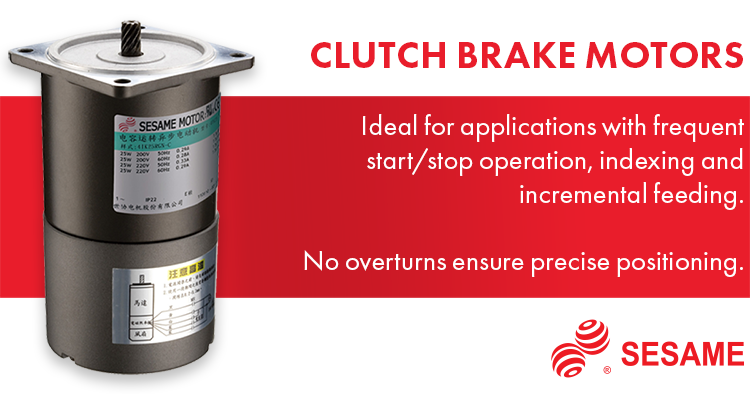
Immobilizing the driven part causes the clutch to become a brake. Viscous clutches consist of the driving part connected to input shaft and the driven part connected to the output shaft. Monophasic fluids are homogeneous while biphasic fluids consist of two phases: solid and liquid. ER and MR fluids are divided into two groups, according to their composition: monophasic and biphasic. Two types of smart fluids are in use: electrorheological fluids (ER) and magnetorheological fluids (MR), activated, respectively with an electrical or magnetic field. In viscous clutches and brakes, both of these factors are combined by using new construction materials and hydraulic working fluids of a new type, i.e., smart fluids which react to a physical field by altering their rheological properties. The most important factors that have recently contributed to mechanical devices' better results and which have increased the devices' reliability are the implementation of new materials and integration with digital electronics. Based on the results of these tests, guidelines for the construction of clutches with ER fluids were formulated. The test results confirmed the proper selection of both construction materials and ER fluids.

The clutch prototype has been tested on a specially built test rig. When choosing the ER fluid, its sensitivity to temperature and humidity as well as durability were taken into account.

The plastics used in the clutch prototype were mainly evaluated for insulating properties and high temperature resistance. Based on the optimization results, a prototype of a hydraulic clutch with an ER fluid was designed and made, assuming that for metal materials their anti-corrosion properties are the most important, since the presence of conductive metal oxides causes electrical breakdowns. The aim of the optimization was to obtain a high transmitted torque with small dimensions of the clutch, taking into account the thermal capacity of the clutch.

The developed mathematical models were used to optimize the clutch. In addition, numerical calculations of the temperature distribution inside the clutch were carried out using the ANSYS program because of the intense heat generation during the clutch operation. In order to construct the clutch, mathematical models based on the Bingham model were developed, which took into account the influence of temperature and humidity on the shear stress in the ER fluid, allowing calculation of the clutch performance. The increase in these stresses caused an increase in the torque transmitted and an increase in the pressure force. Shear stresses were changed in two ways: by changing the angular velocity of the electric motor and by changing the high voltage applied to the electrodes located on the driving part and the driven part of the clutch. The force was controlled by changing the shear stresses in the ER fluid. This clutch was driven by an electric motor. The hydraulic clutch was a subassembly of the device used for exerting a controlled force on the stationary object. This article presents considerations regarding materials used to fabricate a hydraulic clutch with an ER fluid operating in non-standard working conditions.



 0 kommentar(er)
0 kommentar(er)
